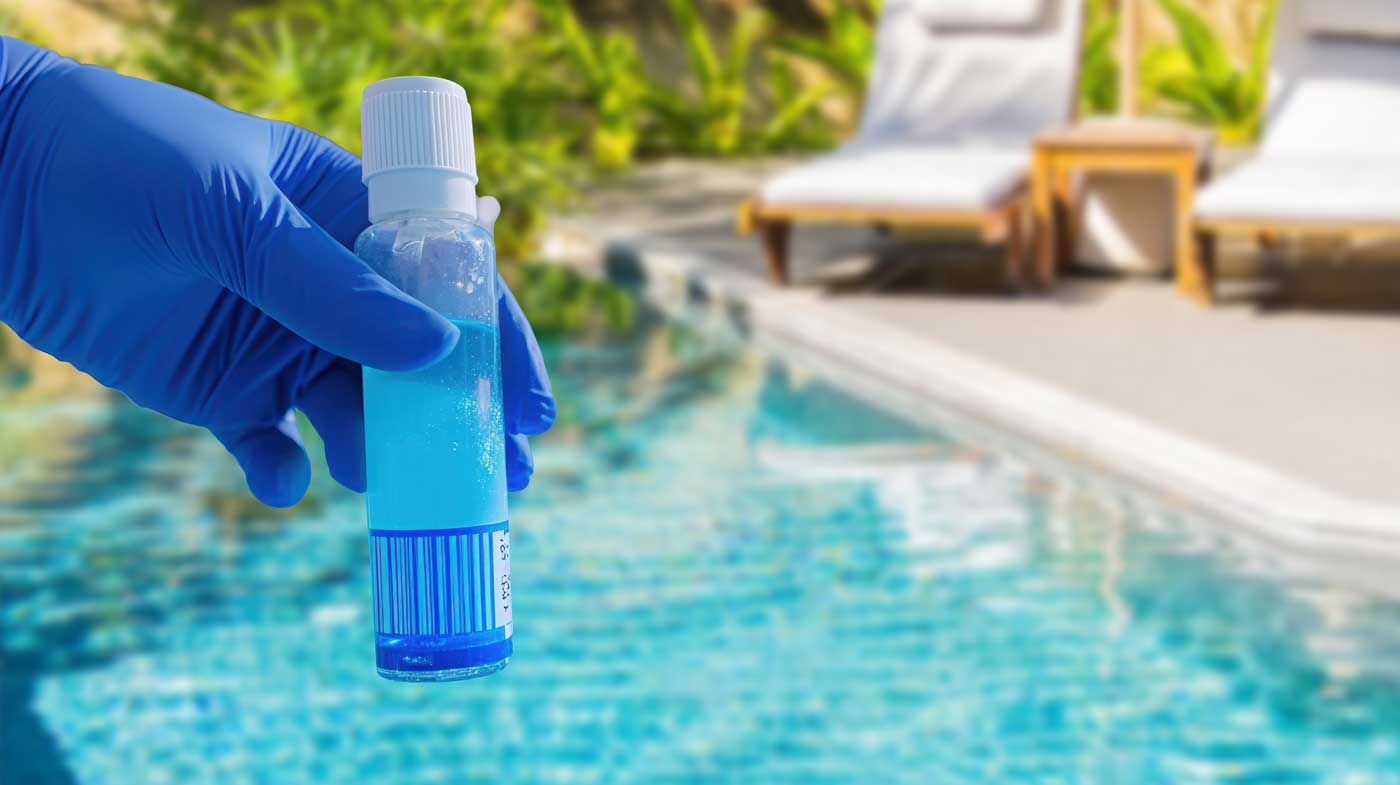Also, warranties can be voided if improper water chemistry is determined to be the reason…
Yes we know that the swimming season is over and for most of the country, sadly, it is time to close down your swimming pools. However, what better time to start doing research and preparing for next year’s swimming season than now if you would like to switch your swimming pool water from chlorine to salt water? Well, while doing research on salt chlorine generators, you will often come across the word electrolysis. What exactly is electrolysis and how does it affect the generation of salt chlorine? Well, as it turns out it has everything to do with it, let’s review why and how it works in this article.
Electrolysis is the process of breaking down a chemical into its components through the application of an electrical current. It is at the heart of salt chlorine generation in swimming pools, it involves applying an electrical current to a pair of electrodes (conductors) that are immersed in a liquid solution. When the current is applied to the electrodes, several things occur: one electrode becomes negatively charged, turning into what is called a cathode one electrode becomes positively charged, turning into what is called an anode and the compounds found within the liquid solution separate into their respective components. When the liquid solution passes between the electrodes, the cathode attracts the positive ions in the solution, while the anode attracts the negative ions.
Electrolysis in Salt Chlorine Generation
The ruthenium oxide coating on the salt cell’s rectangular plates make chlorine generation through electrolysis possible. The electrical charge to the coated plates creates chloride ions that combine to create chlorine gas. When this chlorine gas is introduced into the swimming pool, hypochlorous acid and hypochlorite ions (which are disinfectants) are created.
The ratio of hypochlorous acid to hypochlorite ions is dependent upon the pH level of the swimming pool water. Greater amounts of hypochlorous acid are produced at lower pH levels, while greater amounts of hypochlorite ions are produced at higher pH levels. Because hypochlorous acid is a much more efficient disinfectant than are hypochlorite ions, lower pH levels are key to effective swimming pool sanitization.
Hypochlorous acid and hypochlorite ions ultimately revert back to sodium chloride and undergo the process of electrolysis again. Thus, salt chlorine generators are able to recycle the swimming pool’s disinfectants, reducing homeowners’ chemical costs in the long run.
Though salt chlorine generation has seen a growth in popularity, plenty of homeowners prefer to utilize other sanitation methods in their swimming pools such as ozone or UV, if you would like to read more about those methods please click here.
Any thoughts or questions? Leave us a message, we love to hear from you!


This Post Has 0 Comments